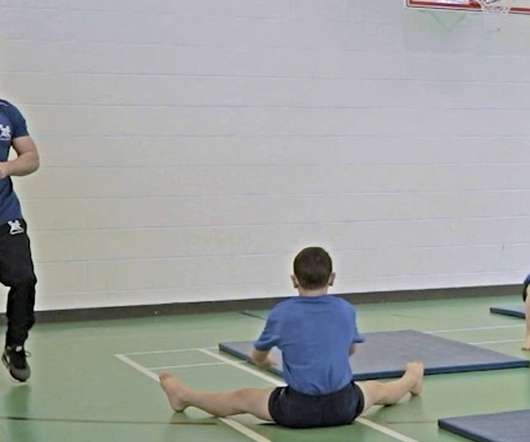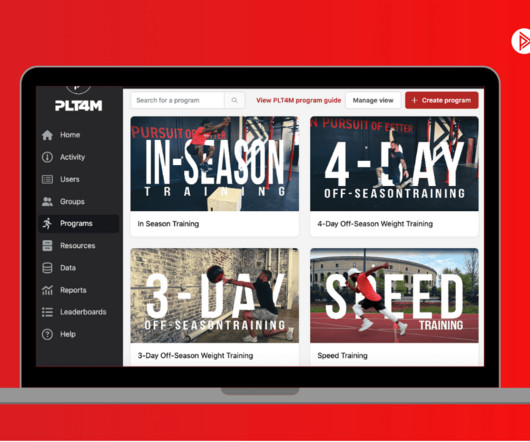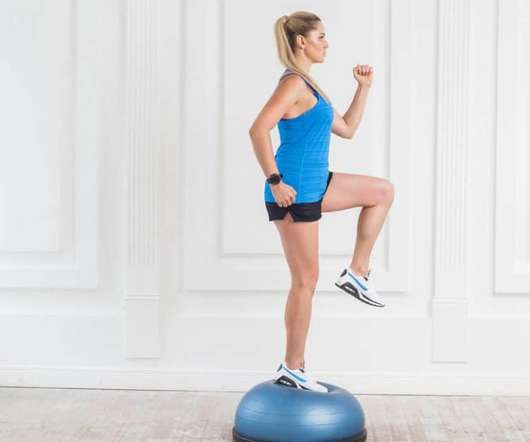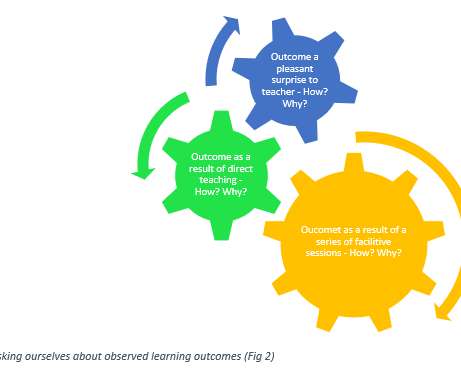The World's Toughest Sports
The Sporting
MAY 16, 2023
The beauty and allure of these sports lie in their uniquely challenging traits, providing people with opportunities to push their limits and achieve something truly remarkable. Boxers must be able to read their opponents' movements and anticipate their next move, while also creating openings to attack.












Let's personalize your content